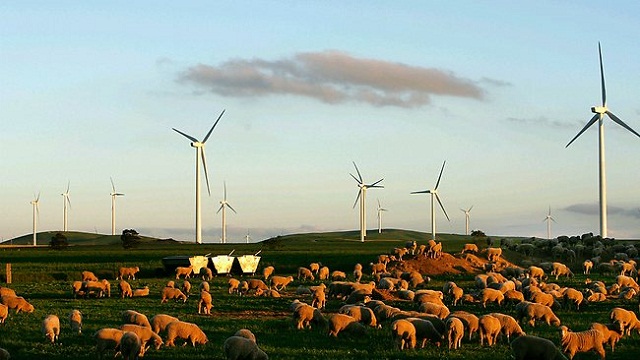Four Corners, Australia’s television current affairs program, recently visited several wind-farming hot-spots across Australia to meet the people who claim they are simply collateral damage as the nation scrambles to embrace renewable energy.People forced to live close to wind farms have been expressing concern that the noise from the turbines is affecting their health. They say the machines cause headaches, high blood pressure and nausea. One local said he visited a specialist after suffering from headaches, and the specialist diagnosed electromagnetic spasm in his skull. Some experts believe it’s possible that low frequency sounds, generated by the turbines but too low to be audible to the human ear, could have a health impact.A recent Federal Government committee looked into health concerns relating to wind turbines and found that there was not sufficient scientific research to make clear connections between poor health and the turbines, and that more research was needed.Right now wind delivers just 2 percent of Australia’s energy needs. Now, with the federal government demanding that Australia produces 20 percent of its energy from renewable sources, wind energy is becoming big business. Already there are nearly 1100 wind turbines producing electricity across Australia. If the government is to reach its renewable energy target, that number will need to rise by up to 3,000 units.Learn more from ABC.
Wind Farms Cause Health Concerns, Australian Report Says






